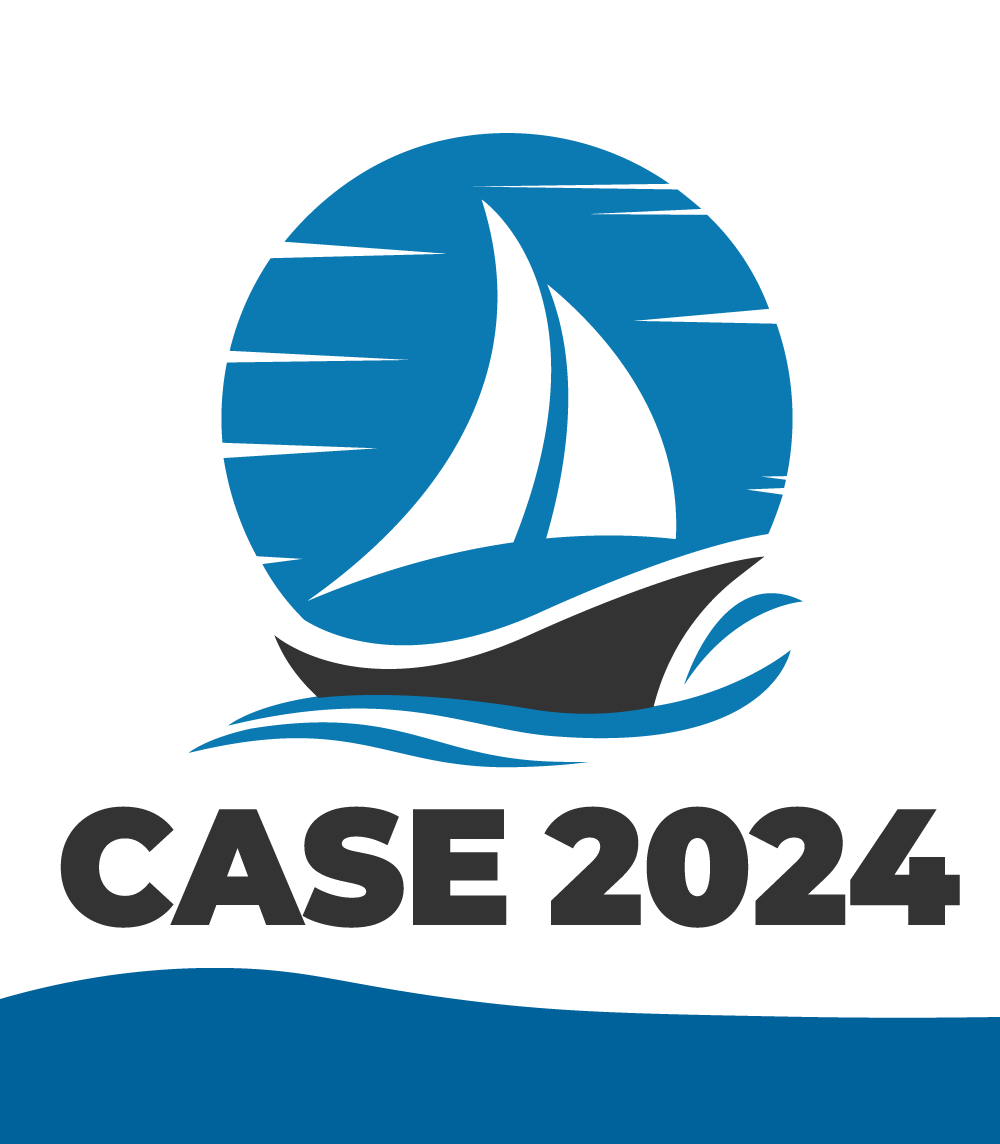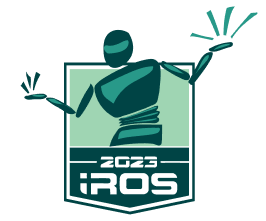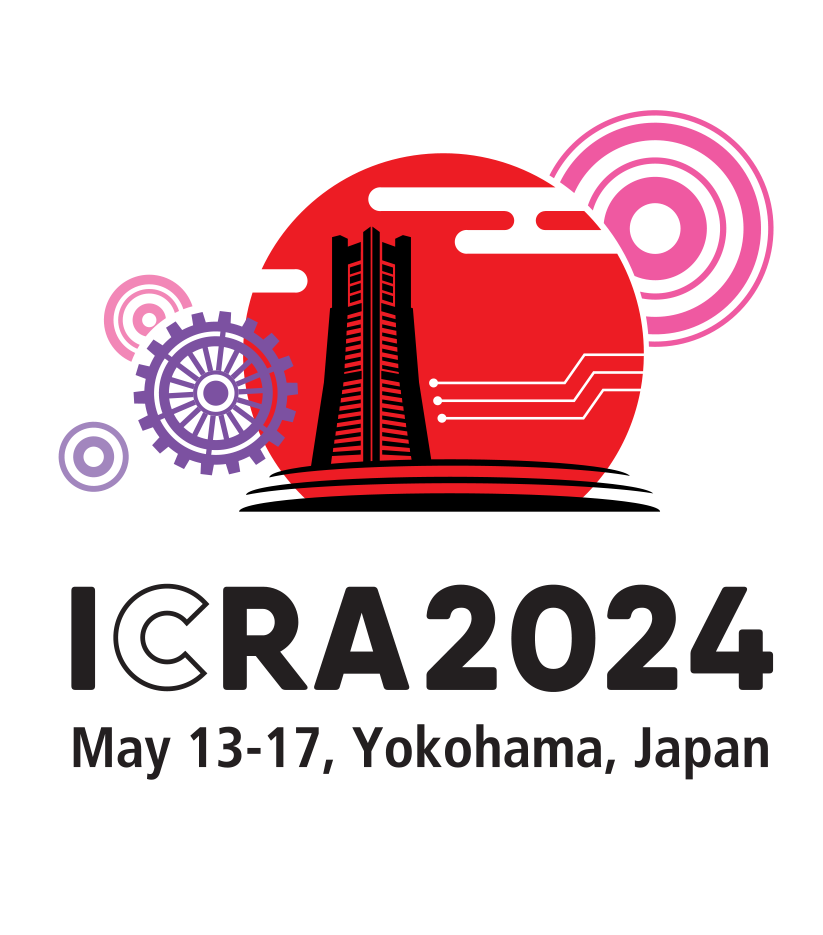RA-L Frequently Asked Questions
Up to 2 extra pages beyond the 6-page limit are allowed for a fee of $175 per extra page. No appendices or other materials can extend beyond a total of 8 pages. Multimedia attachments cannot be used to circumvent the page limit; these are limited to materials described on the Information for Authors page.
Formally yes, if the paper follows the “evolutionary paradigm” of IEEE, i.e., if it incorporates substantial improvements and it discloses openly the source(s) and discusses the changes (these are the same conditions under which the same paper could be submitted to Transactions). However, RA-L are intended to publish novel results rapidly, whereas submission to Transactions of an evolved version of a previous conference paper is normal.
No, this is unacceptable. When you submit to RA-L with a Conference option, you have already submitted to that Conference. A later submission to the Conference will void the previous submission, and stop the RA-L evaluation procedure.
No, this is unacceptable. In general, once you have submitted a manuscript to a journal (as RA-L is), you are not supposed to submit independently a version of the manuscript as a conference paper.
It will appear in RA-L on Xplore. It will not appear in the Conference Proceedings.
It will only appear in the Conference Proceedings on Xplore.
Not “in the same way.” RA Letters are a journal, and IEEE does not accept to republish the same material on two journal publications. A new Transactions submission should have little overlap with a paper published in the Letters, and contain mainly novel material.
No. You should submit to RA-L only a stable final version of your manuscript, just like you do with other journals. Incremental updates are typically not allowed by journal manuscript management systems.
No, RA-L is an electronic-only publication.
Yes, RA-L will be indexed in the major journal databases, as for all IEEE publications. At this time, RA-L is indexed in Scopus and Clarivate's ESCI (Emerging Sources Citation Index). Since vol. 2, no. 1, 2017, RA-L has been indexed and abstracted in the following Clarivate Analytics services: Science Citation Index Expanded (also known as SciSearch), Journal Citation Reports/Science Edition, Current Contents®/Engineering Computing and Technology. RA-L received an impact factor in June 2020.
Yes. RA-Letters are Hybrid Open Access: authors can elect to make a paper freely accessible to everyone, if the author pays an open access fee. All RA-L papers are acessible free of charge to the authors and IEEE RAS members. Authors can also post pre-prints publicly, as explained in the FAQ "Can authors post their manuscript on a preprint server such as such as ArXiv or TechRxiv?".
6 months is the sub to e-pub timing, i.e. include the time needed for a revision and resubmission. Whatever is not published in 6 months is rejected. Only submission of a new paper start the clock.
Yes, as soon as IEEE provides the moderately edited version, this will replace the preprint camera-ready PDF.
There is no minimum page length, such as there is no minimum page length in any RAS Journal. It is possible to submit very short Letters but - being in competition for publication with 6-8 pages long papers - it might be hard for such papers to get accepted.
Yes. The IEEE recognizes that many authors share their unpublished manuscripts on public sites. Authors are supposed to include a specific statement for preprints that this work has been submitted to IEEE. The statement “This work has been submitted to the IEEE for possible publication. Copyright may be transferred without notice, after which this version may no longer be accessible.” implies that this exact version has been submitted. Thus the submitted and arxiv version should be identical.
Once manuscripts have been accepted for publication by IEEE, an author is required to post an IEEE copyright notice on the preprint. Upon publication, the author must replace the preprint with either 1) the full citation to the IEEE work with Digital Object Identifiers (DOI) or a link to the paper’s abstract in IEEE Xplore, or 2) the accepted version only (not the IEEE-published version), including the IEEE copyright notice and full citation, with a link to the final, published paper in IEEE Xplore.
See details here: https://ieeeauthorcenter.ieee.org/publishing-ethics/guidelines-and-policies/policy-posting-your-article/
Similarly, videos and other multimedia attachments can be posted online e.g., through YouTube, in advance of publication. Once the video or multimedia material is published, the full citation to the IEEE materials must be provided along with the posted materials.
All citations must go to the RA-L paper only: you want to avoid splitting your citations and, by so doing, hurt your h index etc. You will be able to download the exact citation from RA-L page on Xplore directly in most bibliography formats.
In your own CV, we recommend that you list a RA-L paper only among your journal papers. You may add a note to this citation such as e.g. "The contents of this paper were also selected by ICRA'16 Program Committee for presentation at the Conference". Alternatively, you may have an additional list of Oral Presentations at Conferences (distinct from the list of Papers in Conference Proceedings) where you list the talk as such, possibly adding details such as e.g. the acceptance rate of the Conference.
This situation should not occur. If there is intellectual property contained in the paper, authors should complete the patenting process either before they submit the paper or within two months of the initial submission. Given that RA-L guarantees online publication of accepted papers in 6 months, and many papers are published much sooner than that, authors should handle any intellectual property issues well ahead of time. Delaying publication of an accepted paper negatively affects RA-L's promised submission-to-publication timeline and results in additional work for our volunteers and staff.
Please see http://ieeeauthorcenter.ieee.org/wp-content/uploads/IEEE_Style_Manual.pdf, page 6, regarding the options for “Equally contributed authors” and “Co-first authors”.
RA-L papers are limited to 6 pages, plus up to 2 additional pages with overlength page charges. RA-L is meant for relatively brief research papers, and if more space is needed, authors should consider submitting to a journal such as T-RO, T-ASE or RA-M, which publish longer papers. Even if the paper becomes longer in order to respond to reviewers' comments, authors are responsible for editing their paper such that it fits into 8 pages maximum. Multimedia materials (i.e. videos) are the only extra material allowed. Datasets can be posted online and cited by URL in the references.For more information on Datasets
The IEEE does not require individuals working on a thesis to obtain a formal reuse license. However, you must follow the citation requirements described here.
The acceptance rate, calculated as the number of “Accept” decisions issued divided by the total number of decisions issued, was 41% in 2019 and 38% in 2021. Note: Because RA-L submissions are mostly associated with a conference option, where the RA-L deadline is earlier than the conference option and the RA-L reviews impact the conference decision as well, we believe authors tend to self-select to submit RA-L papers that are especially well-prepared and significant compared to the average conference submission.
If your manuscript is currently a pre-print, you can request corrections when you receive the galley proofs. If the proofs have already been approved and finalized, then the text of the article cannot be changed, but it is possible to publish an erratum if it is deemed appropriate after editorial review (see example here). Please reach out to the Editorial Assistant at admin.RA.L@ieee.org.







